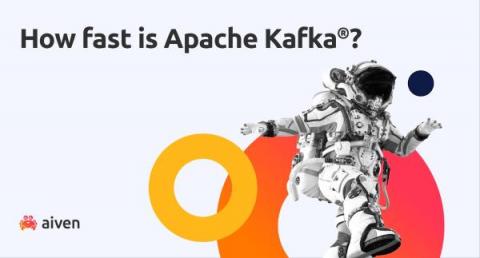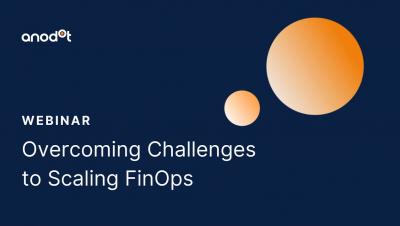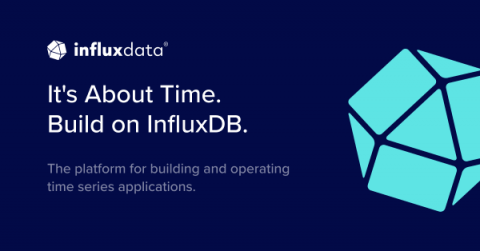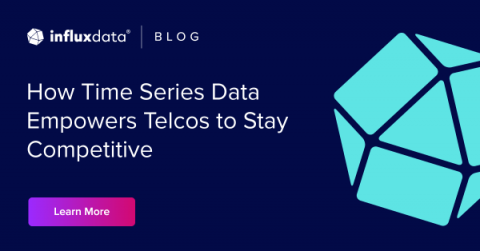Operations | Monitoring | ITSM | DevOps | Cloud
Analytics
Top 5 FinOps Tips to Optimize Cloud Costs
The efficiency, flexibility and strategic value of cloud computing are driving organizations to deploy cloud-based solutions at rapid pace. Fortune Business Insights predicts the global cloud computing market will experience annual growth of nearly 18% through 2028. As the cloud becomes one of the most expensive resources for modern organizations, cloud financial management, or FinOps, has become a critical initiative.
Benchmarking Aiven for Apache Kafka throughput [2022 UPDATE]
Webinar: Overcoming Challenges to Scaling FinOps
Getting Started Using Scripts with InfluxDB
Using scripts with a time-series database helps developers streamline application development, scale workloads and build lean integrations. Time-series data is everywhere, and that reality isn’t going to change. The very nature of time-series data means that time-series workloads differ from a lot of other kinds of data. Given the prevalence of time-series data in our modern, connected world, it’s more important than ever to ensure that developers have tools to manage it.
Kaplan [InfluxData], Breck [Tesla] | Value of Building Great Developer Experience | InfluxDays 2022
Solving problems with event streaming
Getting Started with Fluentd for Data Collection
Fluentd is an open source data collector capable of retrieving and receiving event data from several sources and then filtering, buffering, and routing data to different compatible destinations. It utilizes a plug-in system to help you quickly set up specific inputs, apply any required filtering, and send data to your preferred data ingestion platform. Fluentd supports multiple sources and destinations, and it can be deployed to multiple operating systems, including Windows, Linux, and macOS.
How Time Series Data Empowers Telcos to Stay Competitive
Time series databases can help telecommunications companies become more reliable, efficient and productive. The telecommunications industry is undergoing rapid change as a handful of new technologies and government actions change the underlying business landscape and create space for new companies to innovate and disrupt the established players.
TL;DR Python, Pandas Dataframes, and InfluxDB
InfluxDB has over a dozen client libraries so developers can get started more easily and program in the language they’re most comfortable with. One of our most popular options is the Python client library. InfluxDB supports not just Python but pandas, a tool popular with data scientists for analyzing and manipulating data. You can use the client library to output data from InfluxDB into a DataFrame format pandas can ingest, and you can write pandas DataFrames directly to InfluxDB.











